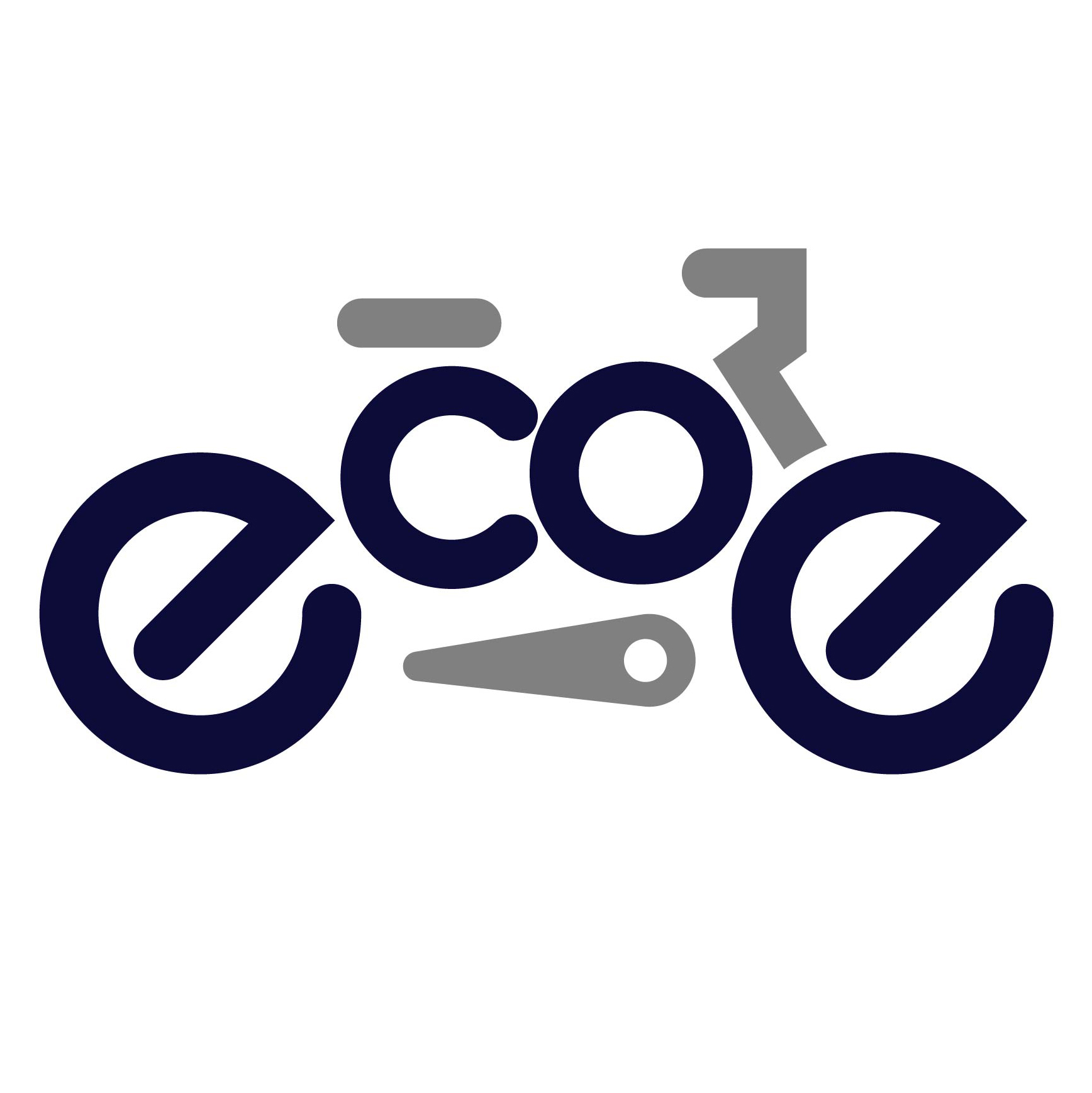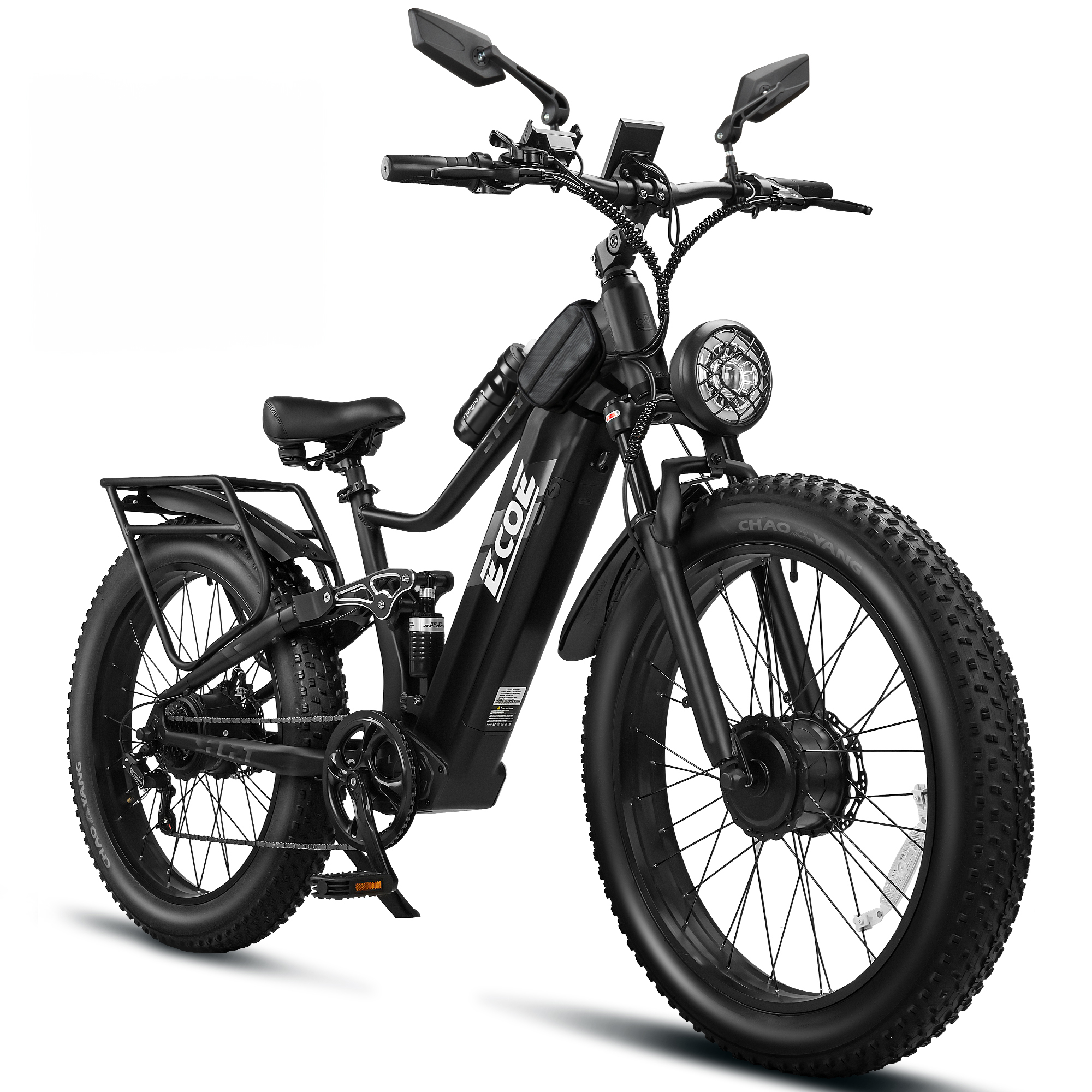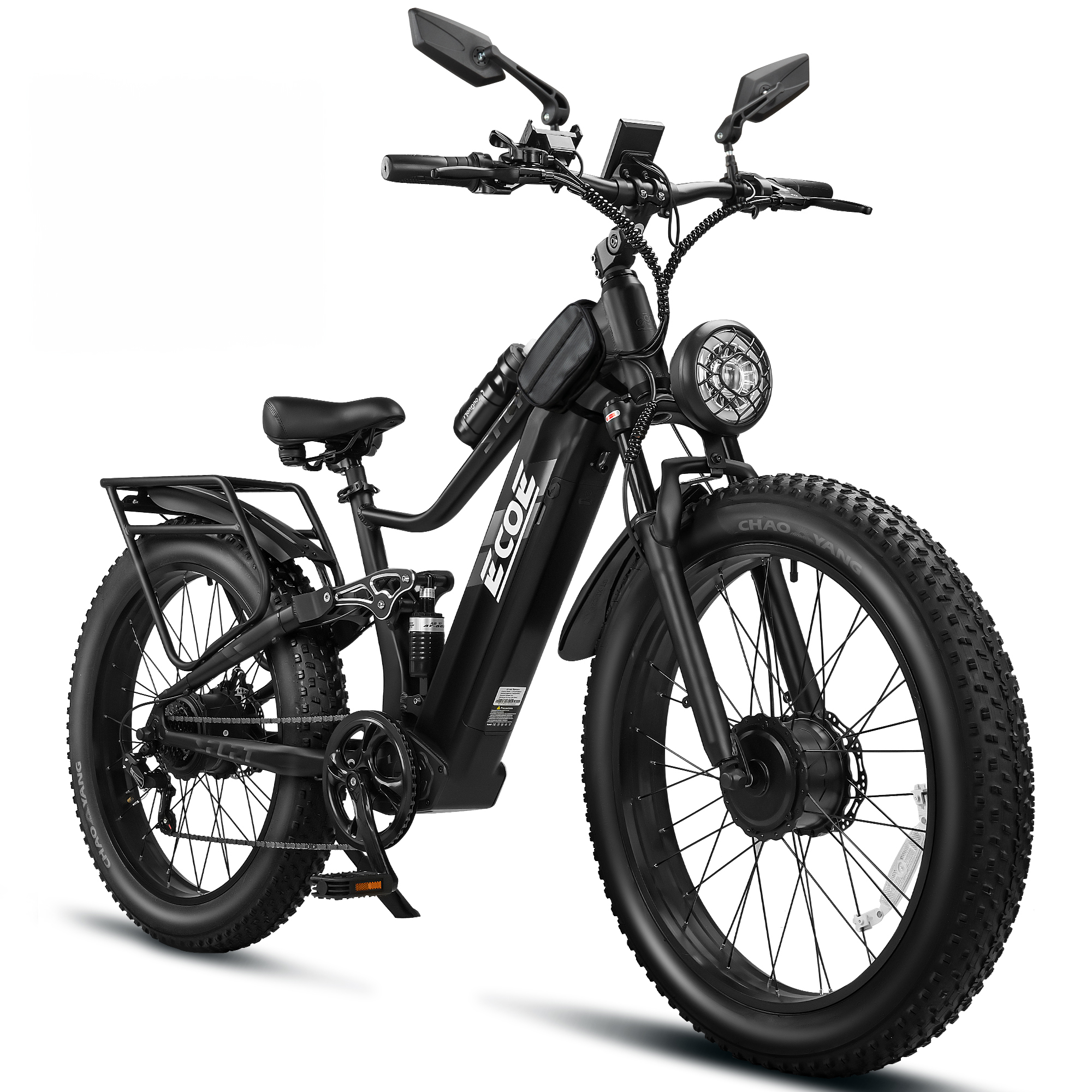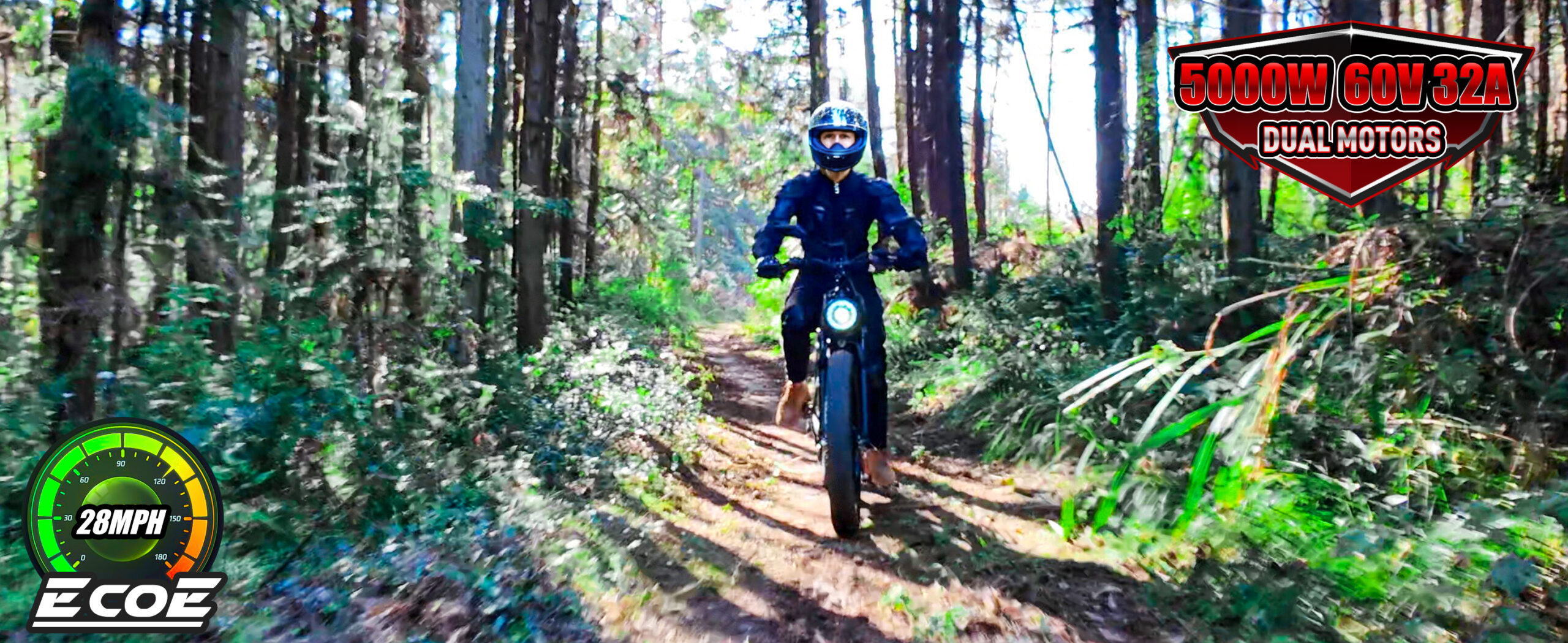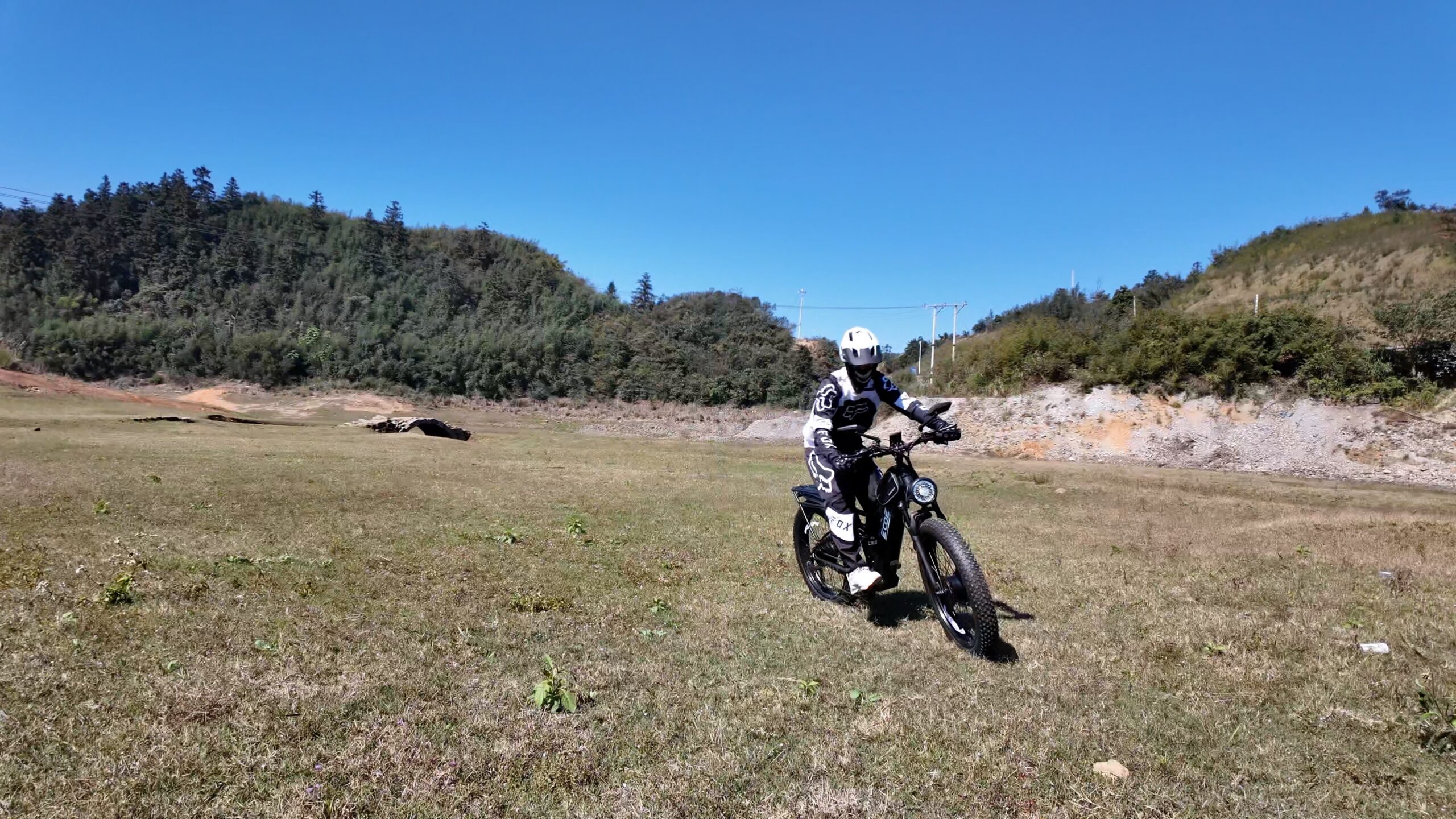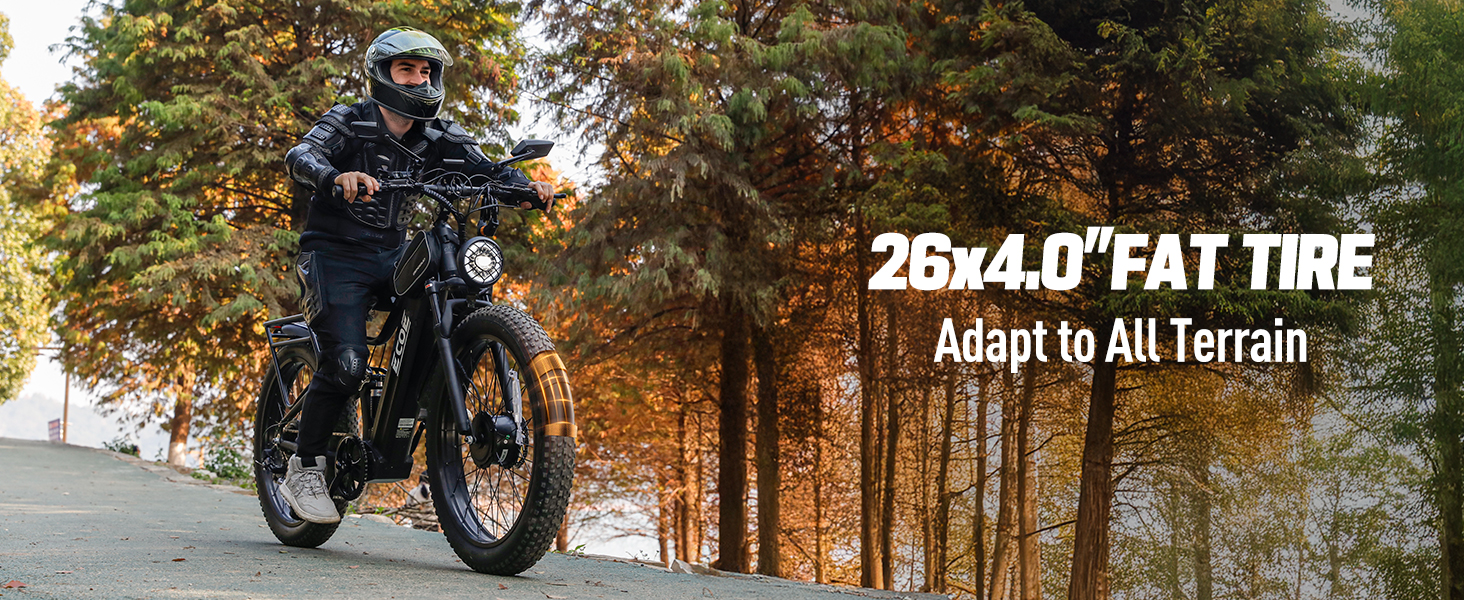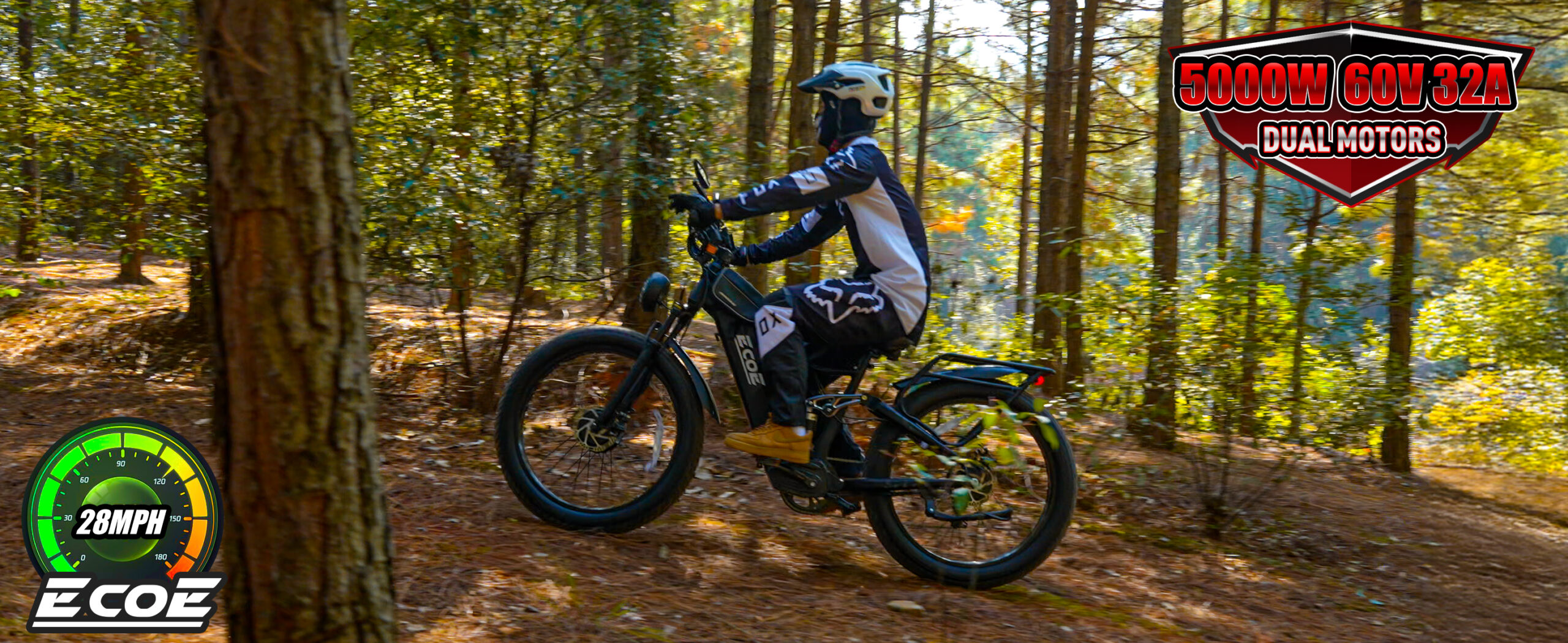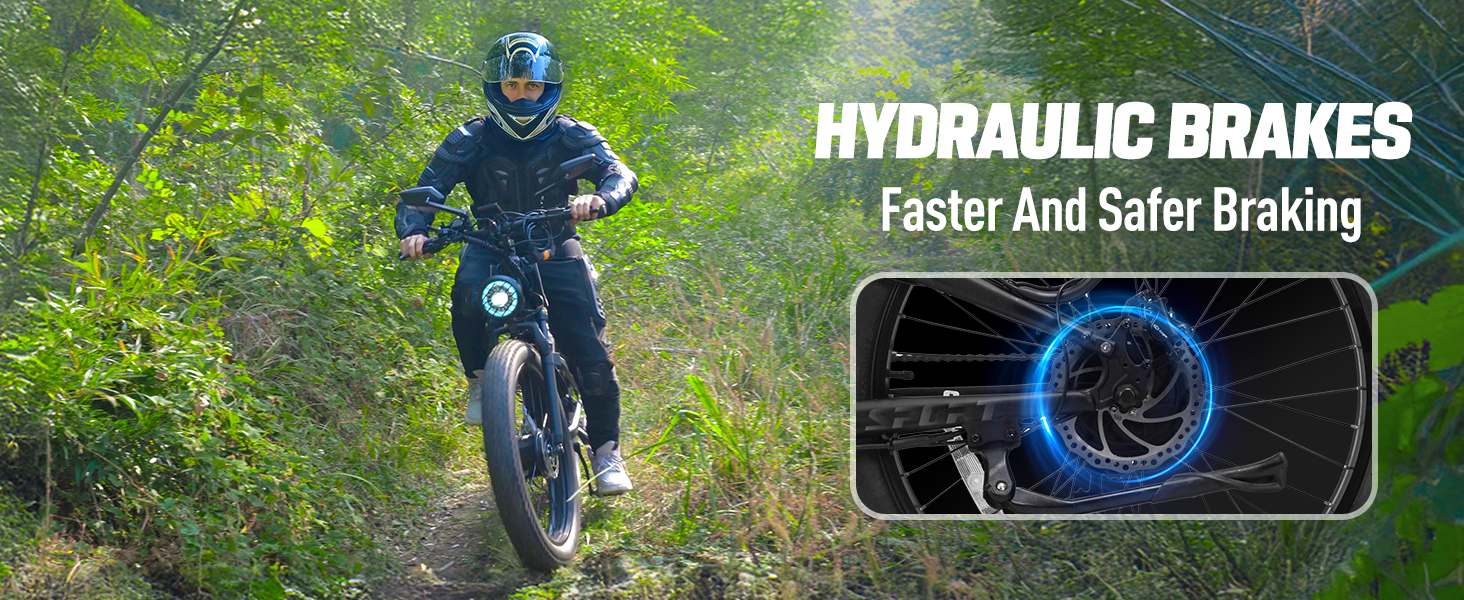Apr 10, 2025
Can an ebike go 30 mph?
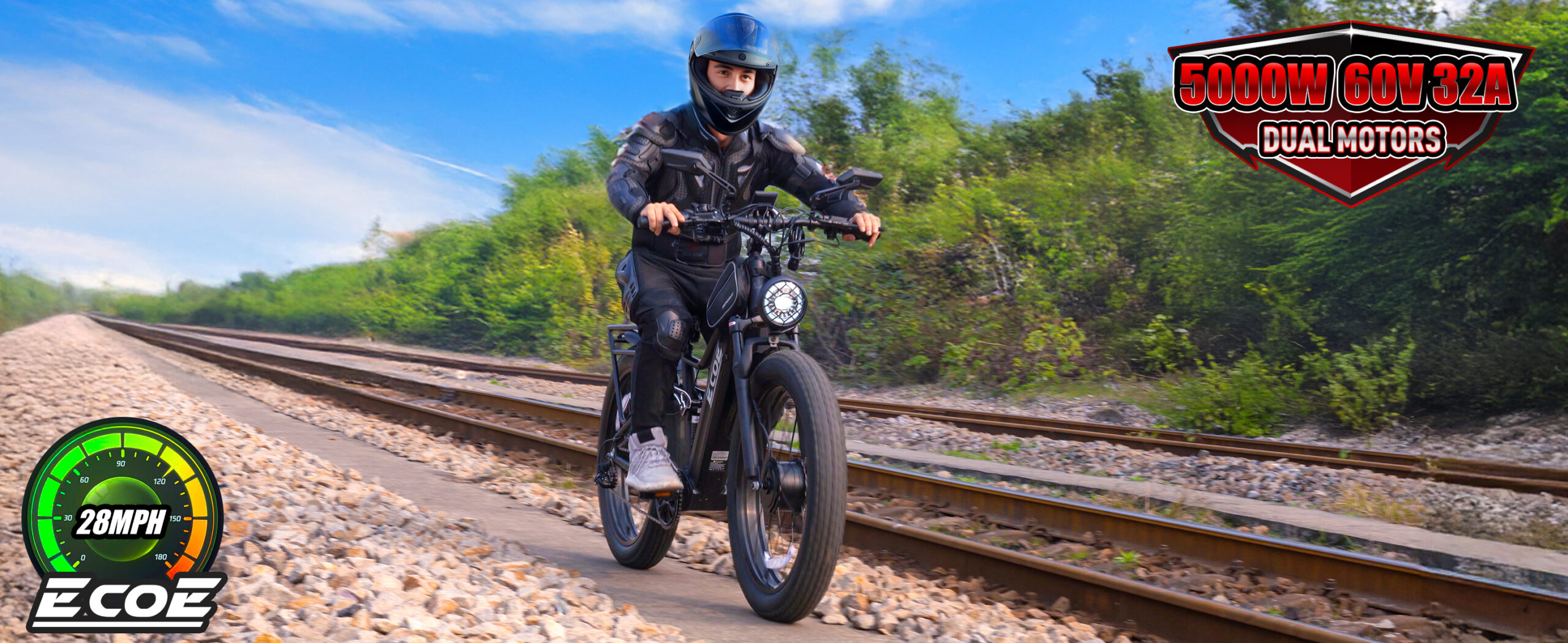
Have you ever felt that e-bikes just aren’t fast enough, especially on those long, straight roads outside the city? We have, too. That’s why we decided to take on a “30 mph challenge,” setting off with a few bikes, testing and chatting along the way. The result: It’s possible, but it’s not quite the “fast” we imagined. If you’re also considering getting an electric bike that can go faster, this article might help clarify your thoughts.
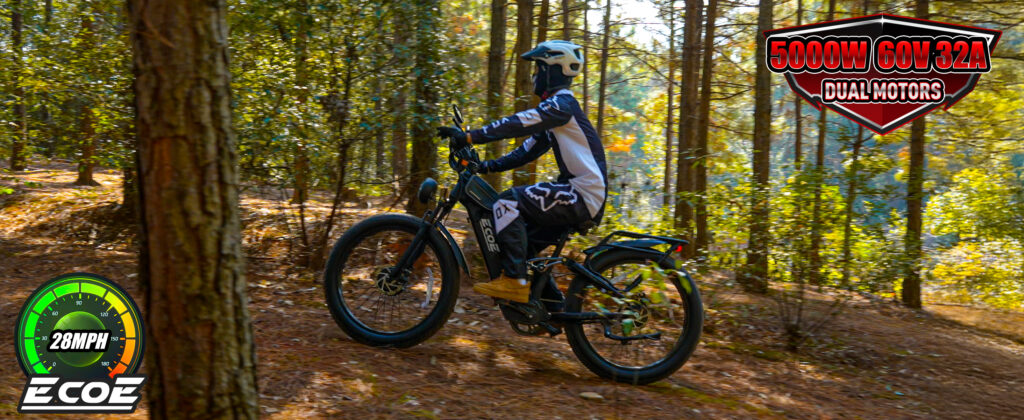
Our first serious test of the top speed of e-bikes was on a country road in Texas. There wasn’t much traffic and the wind was gentle, making it perfect for testing whether an e-bike could hit 30 mph. To be honest, we were initially skeptical about this number. After all, traditional Class 1 and Class 2 e-bikes have a speed limit of just 20 mph, and even Class 3 tops out at 28 mph.
But one of the bikes we brought surged right up to 30 mph. The speed wasn’t exactly fast, nor was it slow. The wind whistled past our ears, and we could feel every tiny crack in the ground. It was like “surfing,” but on asphalt.
We shouted to each other as we rode, “Whoa, this feels like a skateboard on the highway.” It was a complex mix of emotions—surpassed expectations yet tinged with worry.
Back to reality, if you’re thinking of buying an e-bike with the expectation that it will hit 30 mph, you need to be aware—not all e-bikes can do it.
For example, during our tests, we found that some so-called “high-speed” models only barely reach 30 mph under specific conditions—like light load, full battery, and downhill. The bikes that can “stably run at 30 mph” usually have a power rating of over 3000W, more aggressive controller settings, and battery endurance to support such high-intensity output.
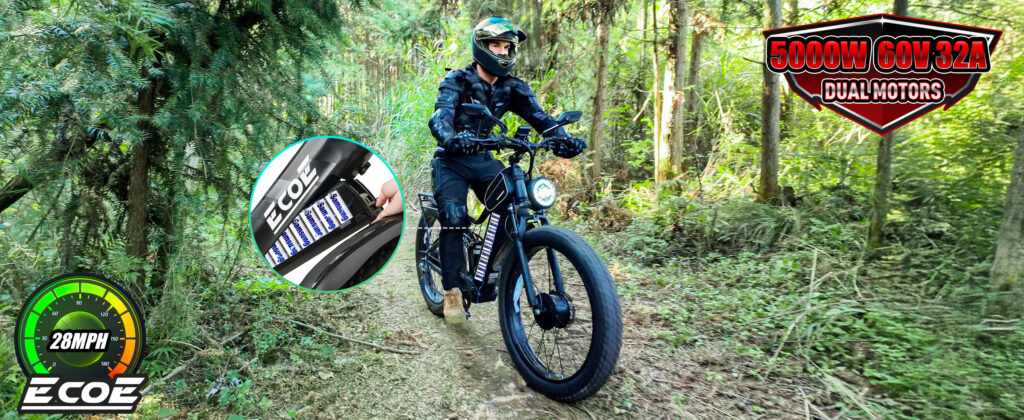
The Ecoe Electric Bike we rode had its city mode locked at under 28 mph, but once we switched to sport mode, it steadily hit 31 mph on flat ground. We joked among ourselves, “Ecoe’s settings are so considerate—stable for daily use, yet no slouch when it’s time to speed up.”
A guy named Jeremy on Reddit also mentioned that his customized 5000W bike easily reached 33 mph while riding along the Southern California coastline, but he added, “Don’t forget your full-face helmet; I almost got blown off by a crosswind by the sea.”
So, don’t be fooled by the small size of e-bikes—they can indeed fly, but you have to choose the ones that can fly steadily.
At first, we all thought that faster is always better for e-bikes! After all, who wants to crawl between traffic lights during the daily commute? But when we actually brought 30 mph into the city—especially in downtown San Francisco—we realized that speed doesn’t always mean efficiency.
Too fast, and you’re constantly braking, frequently making sudden stops, and riding with your nerves on edge. There was one section where we tried to use Ecoe’s 30 mph mode to go over a slope, but because the slope was too short and had a turn, we almost drifted into the corner with an emergency brake. The experience wasn’t bad, but it’s definitely not something you’d want to do every day.
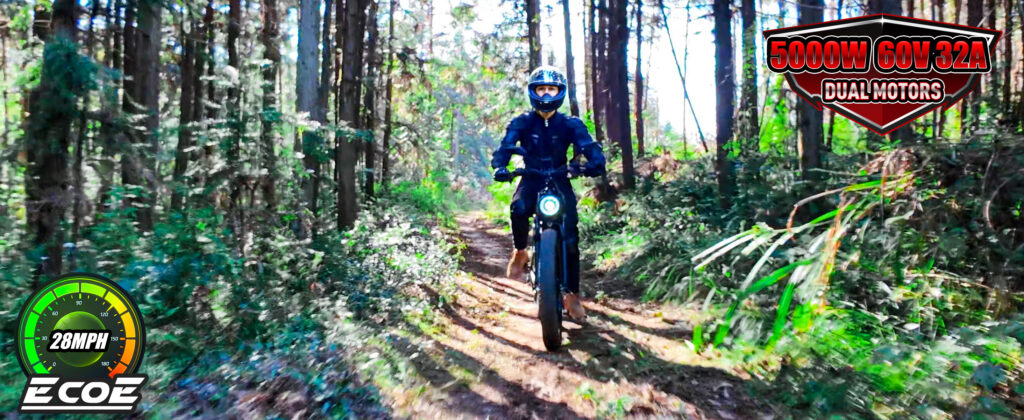
Another user from Chicago, Amanda, commented in a Facebook group, “When I first got my 5000W bike, I loved going fast, but after getting used to it, I started lowering the mode; otherwise, commuting daily would be too tiring, like playing with fire.”
That day, when we got back to the Airbnb, a few of us sat around drinking water and said, “30 mph is good for open spaces, but in the city, 25 mph is just right.”
After a full day of testing, we came to a conclusion: E-bikes that can stably reach 30 mph are for those who truly care about speed and are willing to take on the responsibility of control.
For example, if you live in the suburbs and your daily commute is on flat, traffic-free roads, then 30 mph can really save you a lot of time. Or if you occasionally like to ride dozens of miles in national parks or campgrounds, that speed can be both effortless and exhilarating.
But if you’re the type of rider who mainly rides in the city, frequently crossing sidewalks, and weaving through dense traffic, then you probably only need to “dash” occasionally. Most of the time, you value brake response, smooth starts, and low-speed stability more.
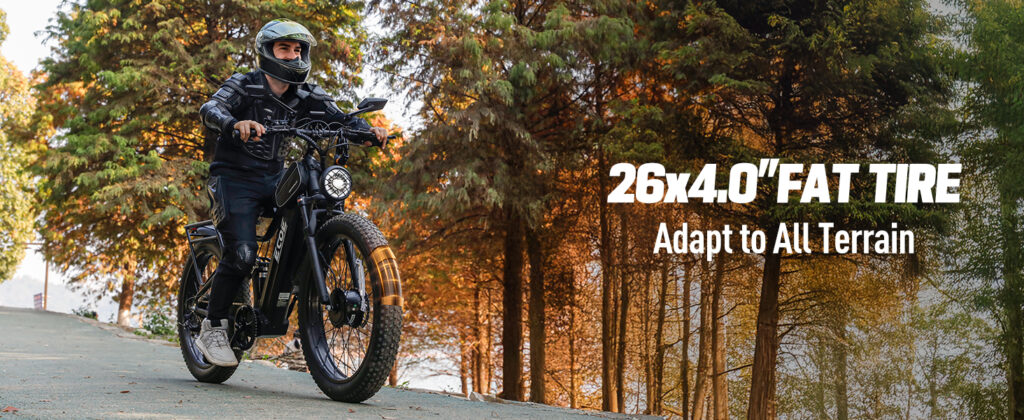
So in the end, we recommend choosing bikes that can hit 30 mph but can also be adjusted down to 20 mph—like the “multi-mode switching” design of the Ecoe Electric Bike, which is very practical.
It’s not as “temperamental” as some high-power e-bikes, but when you want a thrill, it won’t disappoint you.
On the night after the test, a few of us sat in the courtyard chatting about the day’s ride. One person said, “Speed is good, but a truly good bike is one that lets you switch freely between fast and slow.”
I think that’s right. Can e-bikes reach 30 mph? Yes, we’ve experienced it firsthand. But the ones truly worth buying aren’t the ones that push you to race every day; they’re the ones that can slow down with you.
On a weekend morning, as you ride through a suburban town, with a forest trail ahead, you slowly switch to 30 mph mode, gliding like the wind over the sun-dappled road, occasionally slowing down to take in the lakeside view—that’s the kind of riding experience we’re after.
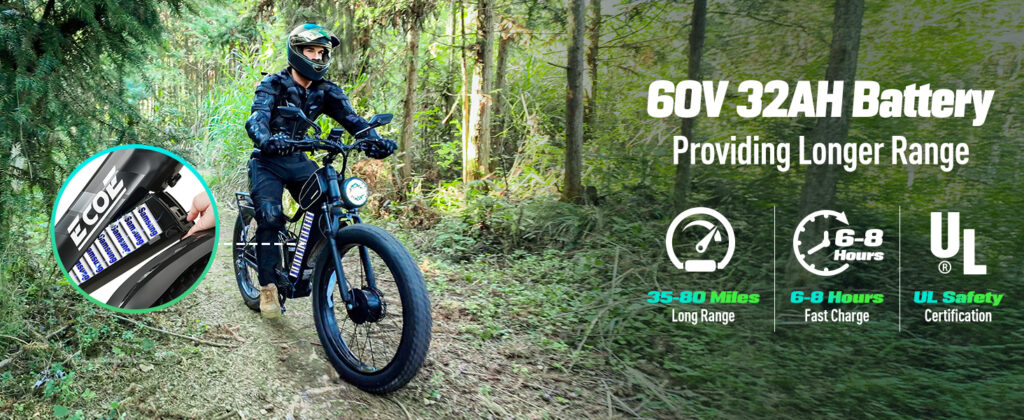
The Ecoe Electric Bike performed both steadily and nimbly in our test, making it especially suitable for riders like us who are “occasionally passionate and often rational.”
Leave a comment
Please note, comments need to be approved before they are published.
当前文章评论已关闭。
